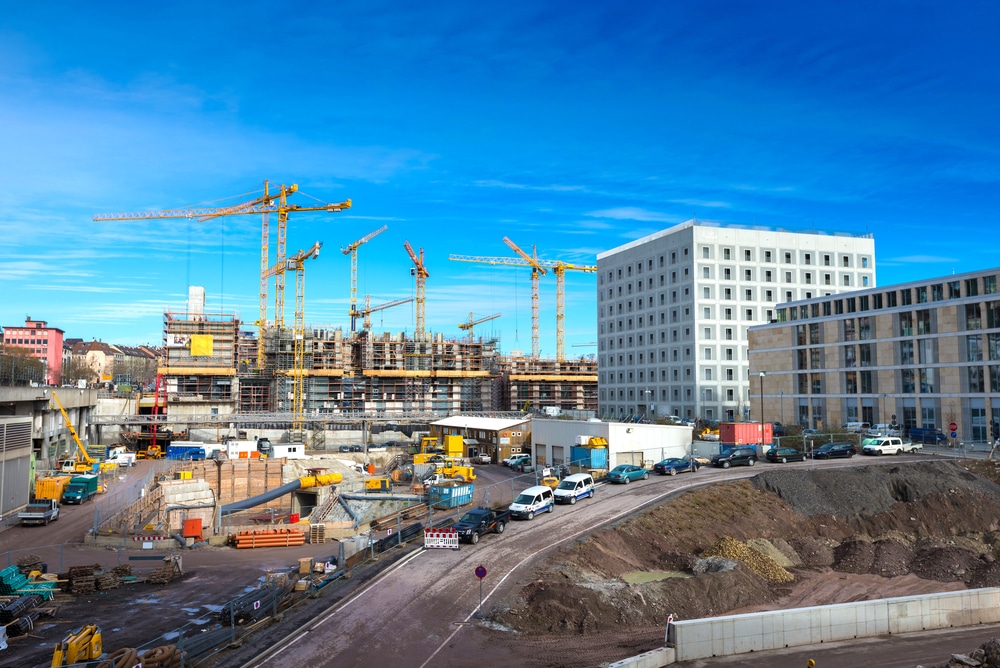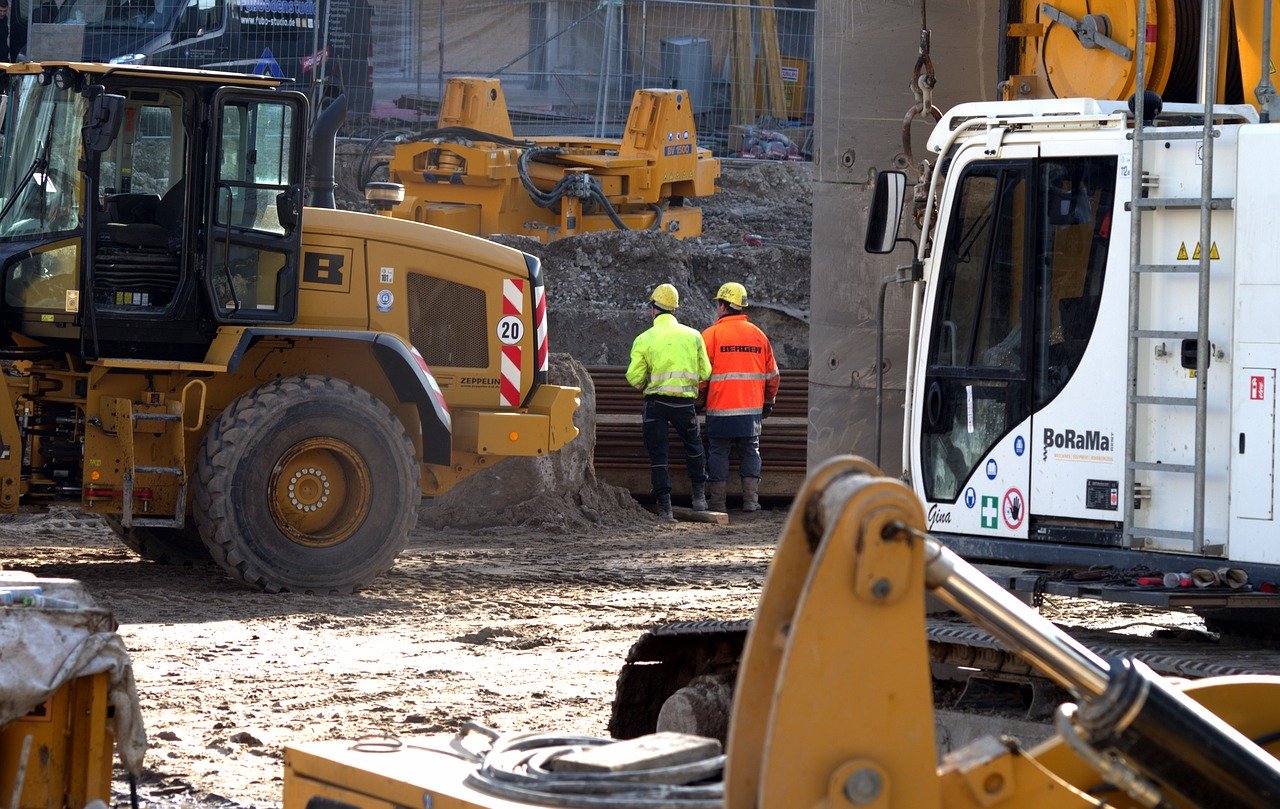In 2013, the UK government published the Construction 2025 strategy – created to target a reduction in time, greenhouse gas emissions and whole life costs of a construction project by the year 2025. This, along with the knowledge that in 2017 17% of UK businesses were categorised as companies within the construction sector totalling over 2.4 million UK jobs, there’s no better time to start thinking about the construction industry of the future.
With these figures in mind and the 2025 targets looming, it’s becoming increasingly important for construction companies across the country, and in fact around the world, to streamline their internal processes towards a more efficient tomorrow.
From subtle changes to your company’s internal processes to implementing new strategies to your arguably outdated operations and structure, what initially appears to be a mammoth overhaul task has the potential to propel your business into becoming a sought-after brand.
As a result, in today’s post, we’re detailing just 6 of the many smart ways there are to effectively streamline your business’s construction process, to aid both its efficiency and the longevity of the finished project and explaining why it should matter to you. Looking at how easy they are to introduce into your company structure and the direct benefits this has on the buildings you’re creating, we’ll help you build for the future.
The benefits:
- Deadlines met – Whether it’s through reducing the number of people a piece of information is passed down to or the health, happiness, and wellbeing of your employees, there’s no doubt that once processes like the above are integrated into your project that the entire job can be finished faster and more efficiently.
- Less conflict – Often, when a construction plan is first created, the project’s strategy has to make its way through several line managers and departments before it can even be considered for approval. As a result, conflict can often be created throughout the construction process with so many different members of staff disputing one another’s opinion on crucial decisions and factors that ultimately slow the initial process down. By streamlining your internal processes and selecting just a few key persons to action decisions, opposing views are less likely to occur and hard choices are more easily made and therefore actioned.
- More accuracy – After the first time a wider process is streamlined, future projects will inevitably reap the rewards going forward. In the construction industry in particular, with so many companies specialising in various sectors – from commercial retail space to domestic property developments – once a process in fine-tuned, accuracies are more easily identified and implemented.
Utilise online industry tools
When it comes to reducing project turnaround time and minimising the risk of human error, investing in an organisational tool that allows you to keep on top of various jobs at once is a smart way to manage both your time and project.
By using an online piece of software or app that gives your employees the opportunity to communicate with one another on a real-time platform, you’ll be able to keep you up to date with your project minute-by-minute and ensure you’re in the know on the go. Therefore, if an urgent job comes through, you know that the right people will be notified in a traceable chain from the moment the update pops through.
Find also: Pull planning in construction – 101 guide
As a result, not only will this reduce the time you spend working out inevitable daily issues and finding the right person to talk to, but your whole team will be encouraged to be proactive towards the smooth-running of the project goals.
Conduct fewer meetings
While meetings are often considered to be a necessary management tool needed to establish a construction project’s goals, define processes and recap on timescales, if conducted too frequently they can also waste large amounts of time and be ineffective in the long-term.
Therefore, by conducting fewer meetings and reducing the number of unplanned conferences with various departments, time is saved and briefs become less complicated – allowing workers and managers to carry out work confidently and in a timely fashion.
Start by creating a meeting schedule and suggesting unmovable starting and finishing times of these meetings. This will ensure that those needed at that time are fully prepared and know exactly how long they have to explore any concerns or provide updates within a given time frame. Additionally, at every gathering be sure to delegate responsibilities and assign a DRI (directly responsible individual) to follow through with a task and take ownership of completing actions discussed in the meeting.
Choose durable materials
Another crucial point to consider when constructing both residential and commercial buildings is the types of materials you’re using to aid the longevity of your structure. Depending on your role in the process, if it’s within your ability to influence the materials used in the building process, then make it your mission to stress the importance of using these as a long-term strategy.
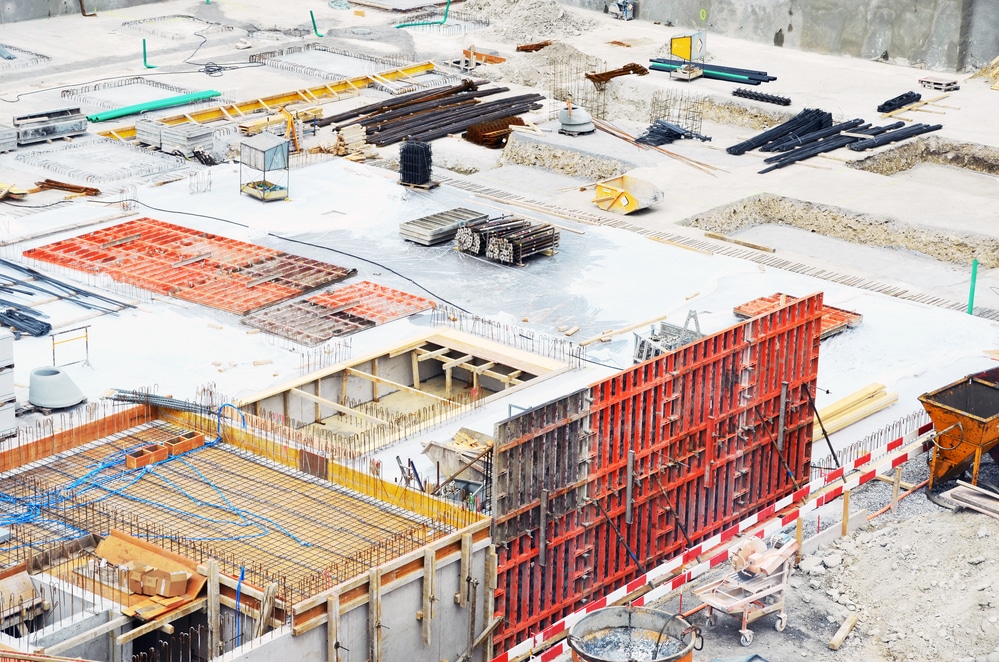
For residential or commercial construction sites, consider using sturdy and impermeable granite worktops in the home or office kitchen design. Not only will this material be able to endure the busy and dusty construction process unravelling around it, but will make sure the lifespan of the final building lasts long after the materials were put in place.
Look after your workforce
Arguably, one of the most important factors in your journey towards efficiency is making sure your entire team are motivated and focused towards the end goal. Therefore, ensuring adequate conditions are provided for your staff will give them the grounds needed to strive for a streamlined, productive process.
Suggestions include providing workers with a secure locker area for their personal possessions, providing hard-wearing, protective workwear and building a rest area that encourages your workforce to take a break. Not only will this keep your colleagues happy, but it will unite and enforce a positive team mentality that will make sure the project goals are kept at the forefront of your workforce’s mind.
Protect your staff and site from the elements
In addition to making sure your staff members feel valued and content at work, it’s worth bearing in mind the potential negative effects that natural factors outside of your control can cause if not properly and regularly monitored.
Particularly for projects likely to face winter’s harsh elements, it’s vital that you monitor weather conditions on a weekly and daily basis and are able to alter processes and allocated job roles quickly in the case that sudden snowfall prohibits a particular job from being done.
Additionally, before the project even begins it’s crucial that key materials and machinery that have the potential to delay a project if undelivered, are readily available and stored away in a protected area ready to be used no matter how far away their initial deadline is in the process. This means that even in the case of a delivery delay due to extreme weather conditions, the planned construction work is able to be executed.
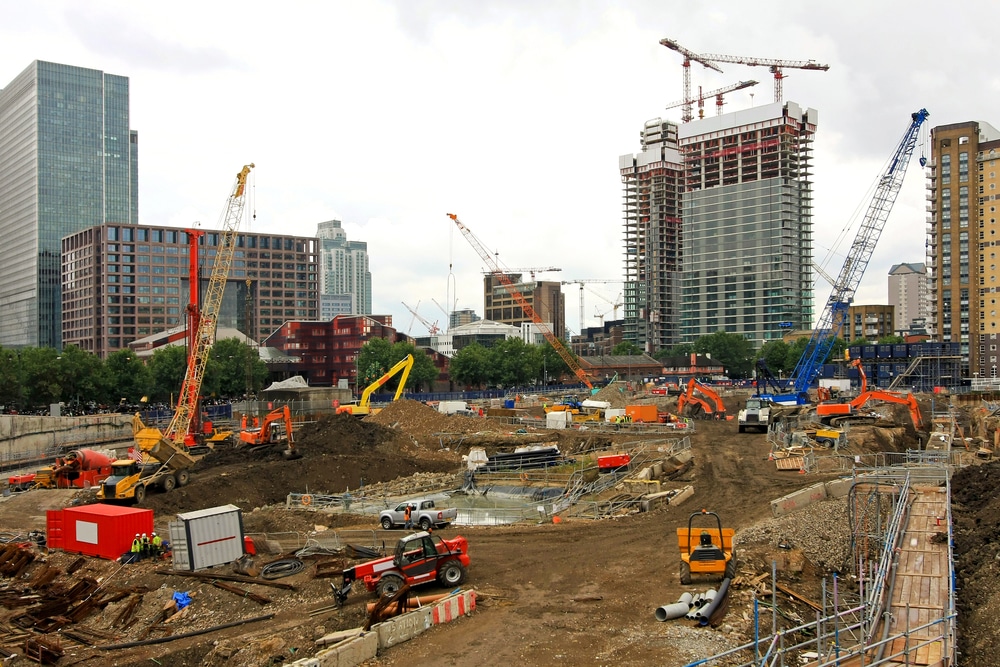
Don’t stop with your site. Make sure that staff members are well equipped and prepared for such instances by ensuring their clothing is suitable for unanticipated events as well as providing them with a sturdy and secure place to retire to during breaks.
Consider a venture towards eco-friendly construction
Another factor worth considering that is sure to streamline your processes not only within the particular project you’re working on but also in future projects is finding ways your company can gear their processes towards a more sustainable effort.
One technique worth noting during the planning process is to reduce the distance your workers, colleagues, and equipment need to travel to get to your site. Not only will this reduce carbon emissions but it has the potential to reduce the time needed for particular parts and crucial team members to arrive – eliminating the risk of an inability to reach the site in treacherous weather conditions.
If this isn’t a viable solution for your construction company there are plenty of other simple options worth introducing into your processes that will not only allow you to become more efficient, but more eco-friendly too. For example, by making sure you invest in the most up-to-date, durable machinery that emits less Co2 and combining that with eco-friendly building materials, your building will see both short and long term benefits.
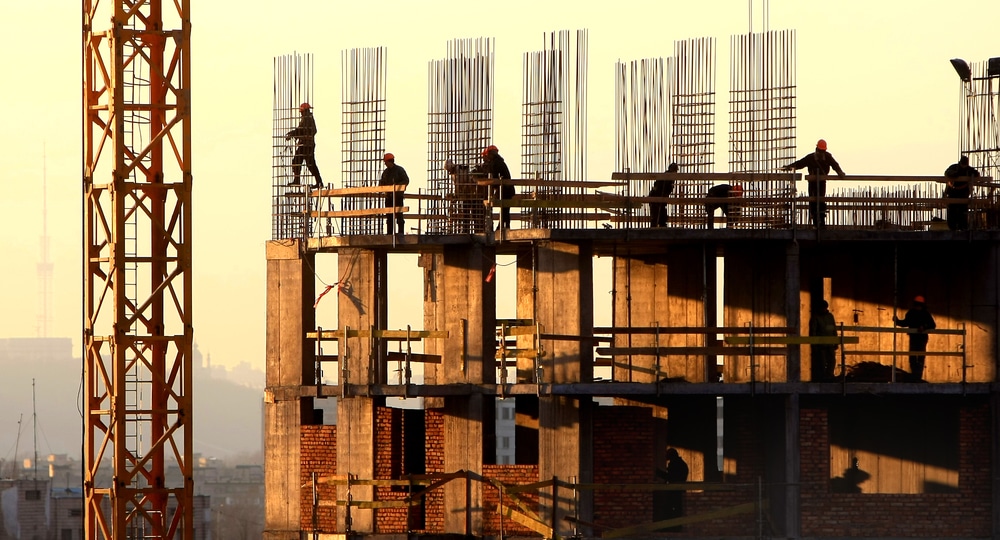
In line with the Construction 2025 strategy, ensuring your processes become as streamlined as possible in order to reduce build time and increase a finished project’s longevity all while reducing emissions will make your company stand out in the bidding process. Once you’re considered as a company sure to hit timely targets as a direct result of your new, fine-tuned processes, repeat business is almost guaranteed and your company can expect to further prosper and grow in the long-term.
From looking after your team through to the different types of software you can utilise that make sure no detail in the construction process is missed, there are plenty of small techniques you can integrate into your strategy to streamline the whole job.
Author bio: Sophie Armstrong is a content creator for granite and quartz worktop specialists Burlington Granite, who provide a full bespoke worktop solution by offering templating, cutting, polishing and fitting, all driven by 25 years of industry experience.
